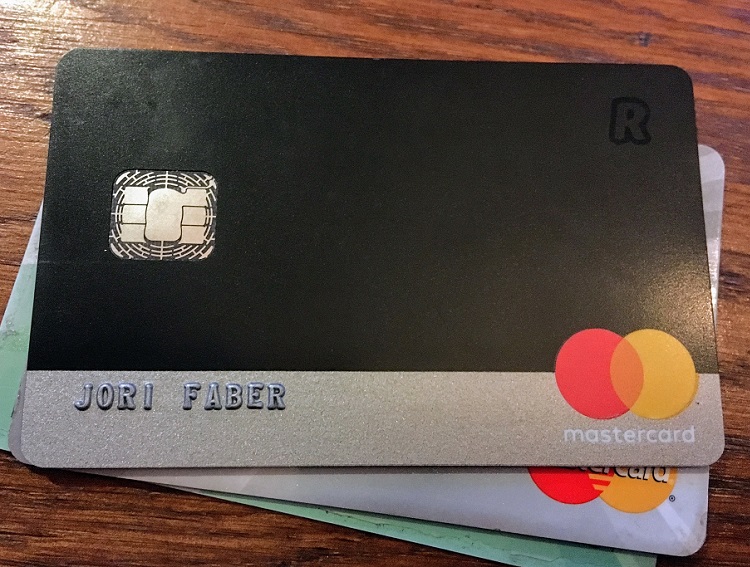Fintech and the Rise of Hipster Banking in Ireland
The term ‘Hipster banking’ has been around as long as the banks themselves have and both are here to stay.
N26 and Revolut are the two biggest ‘fintech’ start-up banks available to people in Ireland. Their purpose is to serve up a undeniably slick and “easy” way to bank.
N26 was launched in Germany in 2015 and has since found its way into the wallets of 1.5 million customers across Europe. Revolut is based in England and has over a million users with 75,000 based in Ireland.
So what’s the difference between the two? It used to be that N26 had a European Banking License while Revolut did not. However after a applying European Central Bank (ECB) finally granted it to them. This means both banks are backed up to €100,000 under the European Deposit Insurance Scheme.
But while it is easy to get into the nuances of these fintech companies, it is much more interesting to see the waves they are making in the finance world.

“The bricks and mortar banks are currently scrambling to start offering the features these fintech companies have already rolled out,” John Armstrong, editor of Irish Tech News said.
“The disruption has caused a beneficial knock-on for everyone, even those who have no idea why their antiquated banks now want to offer them features they have wished for, for years,” Armstrong continued.
Although these features are for people who own and use smartphones as the banks have no physical shop fronts. So to set up a N26 account you need to have a high speed internet connection and a willingness to take a Facetime call.
Revolut involves downloading an app and signing up from there. The apps these banks operate on are slick, sophisticated and most importantly, convenient.
“Fintech banks know that you may not be able to do financial transactions during normal working hours, so they are designed for this and they will have support staff that you can talk to after normal business working hours,” Ronan Leonard, a freelance tech journalist explains.
The main demographic target by the likes of N26 and Revolut seem to be young adults with N26 pushing advertisements on Youtube that read: “#nobullshit – Banking. But without the bullshit.”
“Banking should be easier than it is. The main reason there is still a clear divide between the likes of AIB and Revolut is because of loans. People need to establish a relationship with banks to allow them to buy cars or houses so for now, these two products will remain separated,” Armstrong said.
This has all played into fintech banking’s rise. Also, more competition in markets is usually a good thing as it means more variety and lower prices.
“The bricks and mortar banks are currently scrambling to start offering features that these fintech companies have already rolled out as they are features people want,” Armstrong said.
According to Visa’s 2017 annual report, people in Ireland are now making 3 million contactless payments a week. With that being said, Bank of Ireland is still to set a date for when it will support contactless Apple and Android payments.
“If legacy banks and financial institutions don’t adapt to what the modern customer wants they will start losing customers left right and center. They will have to adapt or die and so far I don’t see them adapting enough but they still have time to do this,” Leonard said.
N26 has said in 2017 it was gaining 1,000 customers a day; with its Black Account option supposed to be very popular with frequent flyers as it doesn’t have additional charges for using ATMs while abroad. According to N26:
“The only fees on this are a €2 ATM withdrawal fee if you make more than 5 ATM Euro withdrawals in a month. The €2 fee does not apply to non-Euro ATM withdrawals – but there is a 1.7% fee for all non-Euro withdrawals.”
This fee compares quite well with the “main” Irish banks, who all charge around 3.5% for non-Euro cash withdrawals.
N26 also has a European Banking Licence which means that funds up to €100,000 should be guaranteed by the German Bank Guarantee. Revolut is still waiting to get its license but it is backed by Lloyds Bank.
“As far as I am aware some of these fintech banks are as secure as legacy banks. One example of this is Revolut who use Lloyds Bank as a service provider to provide banking services, and is now worth over $1.7 Billion,” says Leonard.
The interesting thing about this new era of banking is, there are no physical branches, no ATM deposits and no human faces bar maybe the ones viewed through a screen. These fintech companies are really trying to represent their #nobullshit notions by throwing their hipster weight around.
You can now use and store some of the major online currencies like Cryptocurrency, Ether and Litecoin on Revolut in their ‘Vaults’.

“All banks want physical money to die and contactless payments have facilitated its near demise. The fintech pseudo banks are already operating without it so it’s only a matter of time before it becomes the default method of payment,” Armstrong says.
A completely seamless banking operation is closer than could have been anticipated.
The main thing separating these new banks and the legacy banks, is their ability to loan out mortgages. But what is to stop this being done over a phone call. A lot of loans can be secured this way already.
“Can the old banks change quick enough before the ‘new’ banks find a reliable way to provide mortgages?” John said in conclusion. “Time will tell but I doubt it. Peer to peer lending it has already proved itself for businesses so consumer loans will be imminent.”
